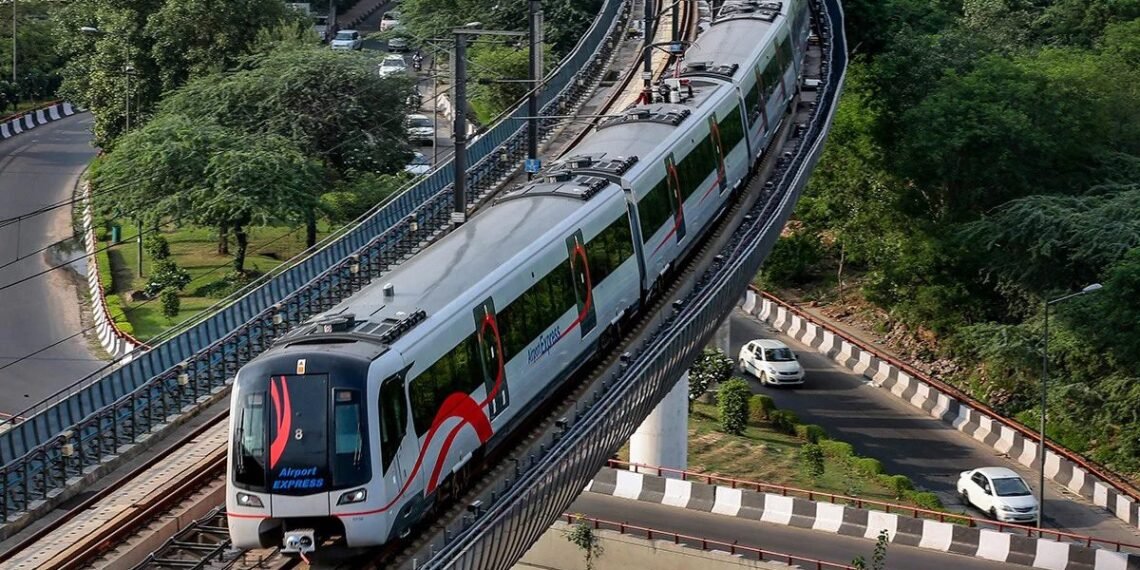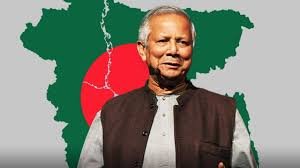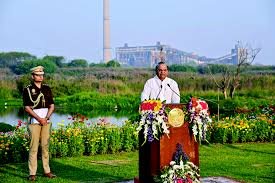With Phase IV of the metro network, the Delhi Metro Rail Corporation (DMRC) is moving forward with great speed. Six lines will see the addition of about 104 kilometers of new track as a result of this initiative. Metro Phase 4’s first three kilometers are scheduled to open in August. The addition of this additional section, which will connect Janakpuri West to the RK Ashram Marg corridor, is a major step toward the development of Delhi’s metro system.
Notably, by June 2026, three priority lines totaling 65.1 kilometers and 45 stations are expected to be finished. These corridors are purposefully built to close important connectivity gaps and make it simpler to reach important locations like business centers and residential neighborhoods.
Progress Update on Delhi Metro’s Phase 4 Project
The Phase 4 project, which covers 28.9 km, includes the Janakpuri West-RK Ashram Marg line, according to Delhi Metro spokesman Anuj Dayal. This stretch, which connects Janakpuri West and Krishna Park Extension, is currently primarily focused on the last stages of construction and safety inspections.
The Phase 4 corridor is being completed steadily. Interestingly, the nearly completed section spans three miles. The Krishna Park Extension would be at ground level, but the Janakpuri West portion would be elevated, according to reports.
Delhi Metro Phase 4: Enhancing Connectivity Across the City
The fourth phase of the Delhi Metro project aims to increase connectivity across the city. Once fully functional, it would link the vibrant marketplaces and historical sites of central Delhi to neighboring communities such as Rohini, Pitampura, North Rohini Campus, Prashant Vihar, and Dilli Haat.
Construction on all three of the Phase 4 routes should be completed by March 2026. This ambitious development includes the lanes from Majlis Park to Maujpur (12.5 km), Aerocity to Tughlakabad (23.6 km), and Janakpuri West to RK Ashram (28.9 km).
With these developments, it is anticipated that Delhi’s metro system will grow considerably, providing millions of city commuters with increased comfort and connectivity.













